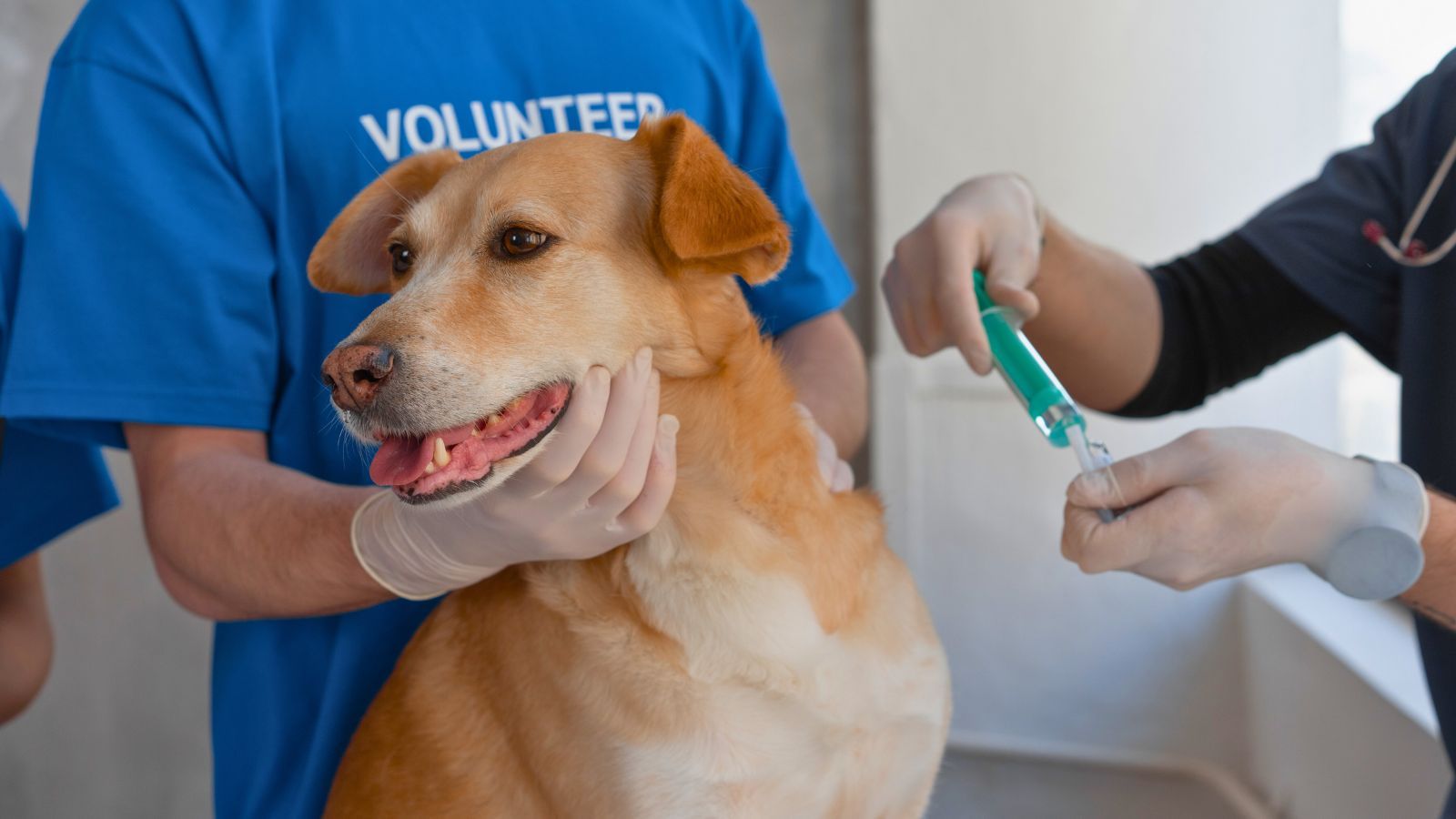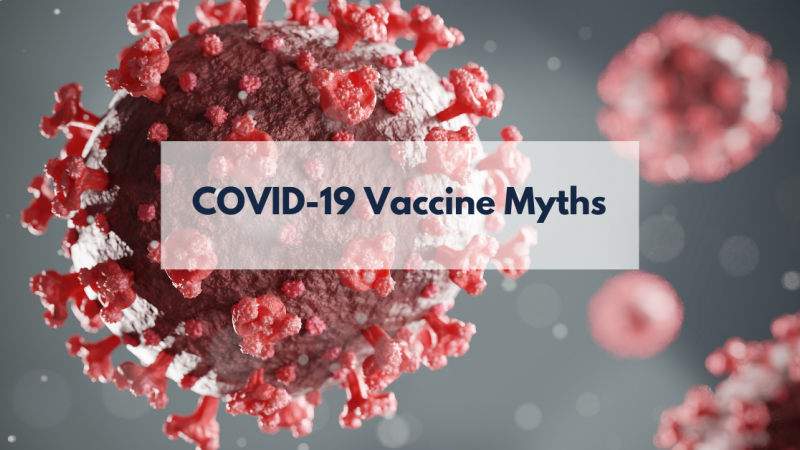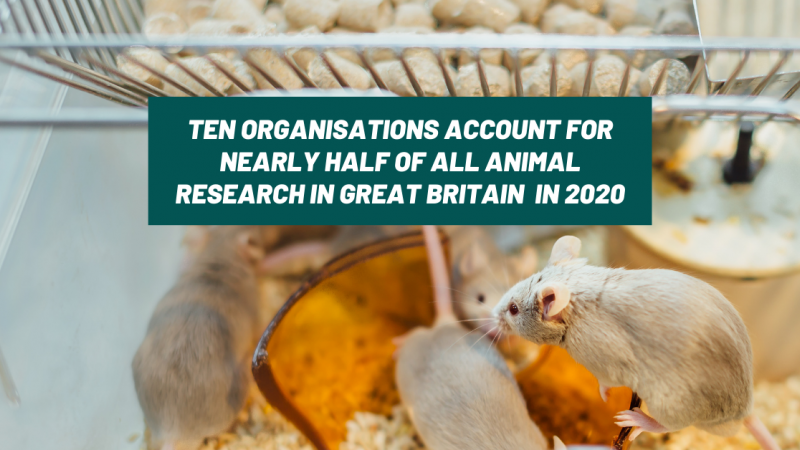
When most people think of vaccines, they picture a needle. But what if getting protected against diseases didn't require a shot at all? Nasal vaccines have been around since the 17th century, but despite some obvious advantages, only a few have been developed for humans. The veterinary sector is a step ahead, with several nasal vaccines routinely delivered to livestock and pets.
Vaccines are a powerful weapon for disease prevention that have saved millions of lives worldwide. Almost all the approved vaccines today are injectable, but the continuous emergence of new pathogens has led to the development of new – less invasive and better accepted – immunisation strategies. Nasal vaccines, delivered through nasal sprays, have emerged as an alternative, offering many advantages over traditional vaccination approaches including convenience, cost, ease of administration and disposal. Today, they are widely used to control some human and many animal pathogens.
A history of nasal inoculation
While needle-based vaccines dominate today's medical landscape, the concept of nasal vaccination isn't new. In fact, it dates back to 17th century China, when Emperor Kangxi protected his family and army against smallpox by using cotton swabs to deliver fluid from infected individuals' pustules up the nose. This early form of inoculation marks one of the first documented uses of the nasal route for disease prevention.
Since then, many studies in animals have demonstrated the efficiency of intranasal vaccination, and several nasal vaccines have also undergone clinical trials. Russia's Institute of Experimental Medicine developed one of the first contemporary nasal vaccines in 1987 – a live attenuated influenza vaccine in spray form. This pioneering vaccine has since been used as an alternative to the injectable influenza vaccine.
Why vaccinate via the nose?
Our body's first line of defence against many pathogens begins at its surface, in particular the mucosal surfaces that line our nose, mouth, lungs, eyes, rectum and vagina that are exposed to the outside world. These surfaces have their own specialised immune system which provides local protection against pathogens trying to enter our bodies.
Traditional injectable vaccines build whole-body protection by inducing good systemic immunity, but induce little or no mucosal immunity. That’s what nasal vaccines do. Nasal vaccination is one of many methods that can stimulate mucosal organ immunity. They create a defensive barrier right where infections typically begin, the upper and lower respiratory tract. By preventing pathogenic invasion, they diminish transmission and reduce disease severity. They are particularly useful in the young where maternal antibodies may block injectable vaccines.
The importance of nasal delivery in veterinary medicine
While human medical sector is still only exploring the potential of nasal vaccines, veterinarians have embraced this approach for years. Attaining herd immunity is one of the main considerations in disease control for vets. Herd immunity depends on the use of efficacious vaccines of course, but also good vaccination coverage of the population (whether human or animal). Therefore, an important aspect of vaccine development and design for veterinary use is the ease of vaccine delivery. The veterinary world offers impressive examples of what's possible with nasal delivery.
Many veterinary aerosol or intranasal vaccines have been developed. These include vaccines against rinderpest, foot and mouth disease, pneumonic mannheimiosis, infectious bovine rhinotracheitis, bovine respiratory syncytial virus, parainfluenza 3, bovine enteric coronavirus and haemorrhagic septicaemia in cattle and buffaloes. The intranasal route has been proven to be effective with comparable efficacy to a vaccine delivered by injection, notably against rinderpest. In chickens, vaccines against economically important diseases such as Newcastle disease, infectious bronchitis, and infectious bursal disease use the concept of enhancing mucosal immunity. Numerous nasal vaccines are commercially available. In pigs, intranasal vaccines are less common but are in development or used in specific regions to control diseases such as swine flu or Porcine epidemic diarrhoea.
Nasal vaccines have largely been developed for livestock animals but also for pets. To mention only a few examples, the Bordetella nasal vaccine is a safe and effective option to prevent kennel cough in dogs. The vaccine against the Feline calicivirus can also be administered in the form of a spray.
Although the approach to vaccination is slightly different between veterinary and human medicine, the main aim is similar: to reduce the incidence of disease largely by achieving herd immunity. For veterinarians, the ease of administration makes achieving widespread protection more attainable. Although they were not developed only for their refinement properties, nasal vaccines are also less invasive than needle vaccines, and can be considered a less severe intervention.
Therapeutic vaccines
The potential of nasal vaccines extends beyond preventing infectious diseases. The access the nasal route provides to the mucosal immune system also has relevance for therapeutic vaccines used to treat rather than prevent diseases linked to the immune system.
Nasal immunotherapies for treatment of various cancers and Alzheimer’s are currently generating much interest. Animal and clinical research is underway. Nasal therapeutic vaccines could also be of particular interest for the treatment of autoimmune diseases such as type I diabetes, atherosclerosis, multiple sclerosis, rheumatoid arthritis, lupus and Crohn's disease. Development of effective nasal therapeutic vaccine could correct the inappropriate immune response in these diseases, much like the immune suppressants used to treat these diseases today.
These applications remain largely experimental, but they highlight how nasal vaccine technology could revolutionise treatment approaches for some of our most challenging health conditions.
Looking forwards: the potential for humans
Today, injections remain the mainstay in human care because they offer higher individual protection. However, nasal vaccines represent a promising frontier in disease prevention. By delivering protection directly where many infections begin, they offer advantages that could one day be used to replace or complement syringe-based approaches.
While the technology has found wider application in veterinary medicine than human healthcare so far, as research continues nasal vaccines might someday be instrumental tools to make vaccination easier, more accessible, and potentially even more effective for both humans and animals worldwide.
Last edited: 24 July 2025 10:25



